1984 was a very exciting model year for The General's Chevrolet Division. After skipping 1983, the completely redesigned new Corvette hit showrooms, and reviewers were ecstatic. Finally, a Corvette that could take on a road course right out of the box! Lost in all the excitement was the fact that the Corvette would be sold side-by-side with another rear-wheel-drive Chevrolet, an obsolete-from-the-start subcompact hastily designed and brought into production in the wake of the OPEC oil embargo of late 1973: the Chevette.

I was a high school senior in 1984, and Corvette fever was so high that year that the local Chevy dealer bought a full page yearbook ad featuring the Hornets' cheerleaders posed with the first-year C4. In the real world of my peers, however, Corvettes were intergalactically distant dreams while hand-me-down Chevettes were everywhere, and it didn't matter if your dearly departed great-aunt left you a '76 Chevette Scooter or one with That New Chevette Smell; you were grateful to have wheels, but you looked forward to a setup less miserable than GM's T-Car. We would substitute Chev for Corv whenever we heard the 1982 Prince hit, naturally, and any kid with a red Chevette could look forward to hearing "Little Red Chevette/Baby you're much too slow" on a regular basis.

Still, the Chevette was cheap to make and got the job done, and it was built and sold throughout the farthest reaches of the far-flung GM Empire (badged with many different names, of course). Nearly 3 million were sold in the United States alone, and I found this '84 in a Northern California car graveyard recently. Perhaps it was once owned by one of my high school classmates.

The Chevette's T Platform started life as a joint Isuzu-Opel design, and it first hit the street in Brazil in 1973. The Opel Kadett C version followed for European buyers, followed by the Isuzu Gemini for Japan and the Vauxhall Chevette for the UK. The more sophisticated Chevrolet Vega was supposed to dominate North American subcompact sales for GM, meaning the T-Car wouldn't be needed here, but the Vega's well-publicized quality problems torpedoed sales, and the Chevette first appeared in the United States as a 1976 model. Production continued through 1987, which enabled the Chevette to compete on price against the wretched Yugo GV and shoddy Hyundai Excel.
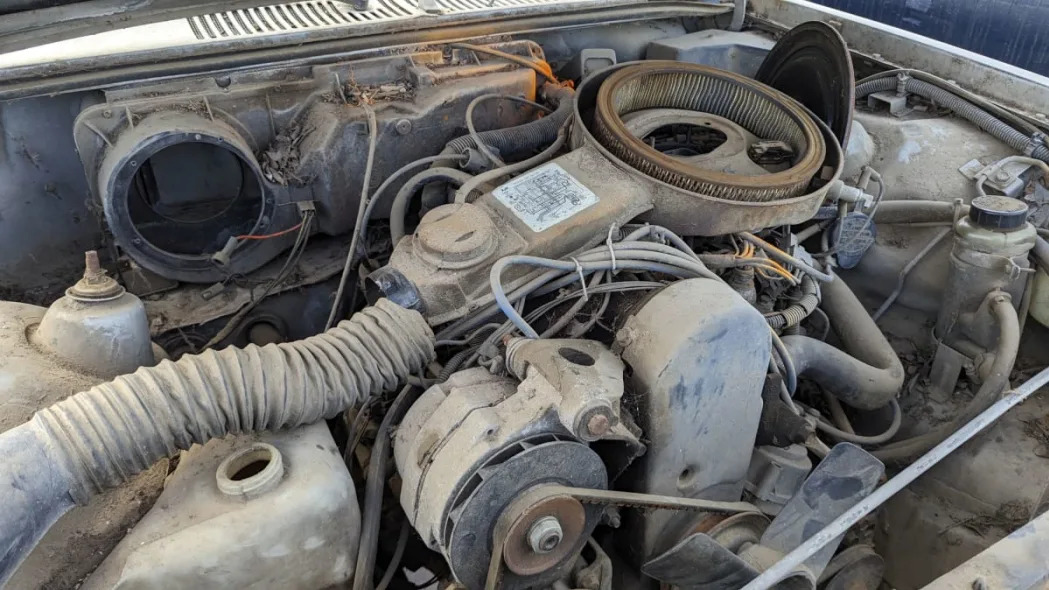
All North American Chevettes came with Isuzu power under their hoods. This is a 1.6-liter SOHC straight-four, rated at 65 horsepower and 80 pound-feet. Starting with the 1981 model year, a 51-horsepower Isuzu diesel engine was available in the Chevette.
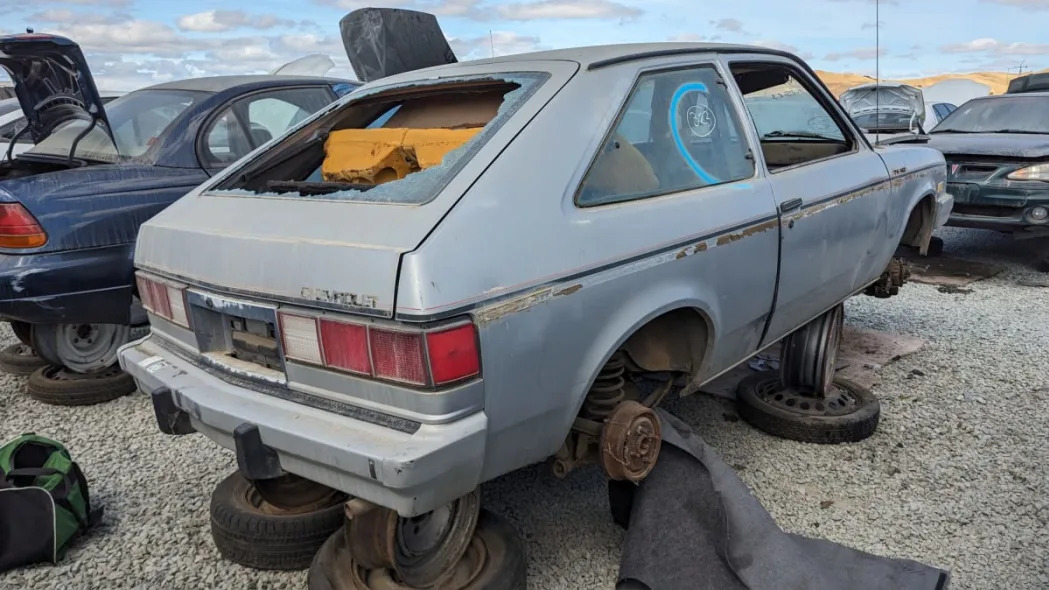
All U.S.-market Chevettes were hatchbacks, with two or four side doors. However, you could get a sedan version here for the 1981 through 1984 model years if you didn't insist on Chevrolet badges and American assembly: the Isuzu I-Mark.
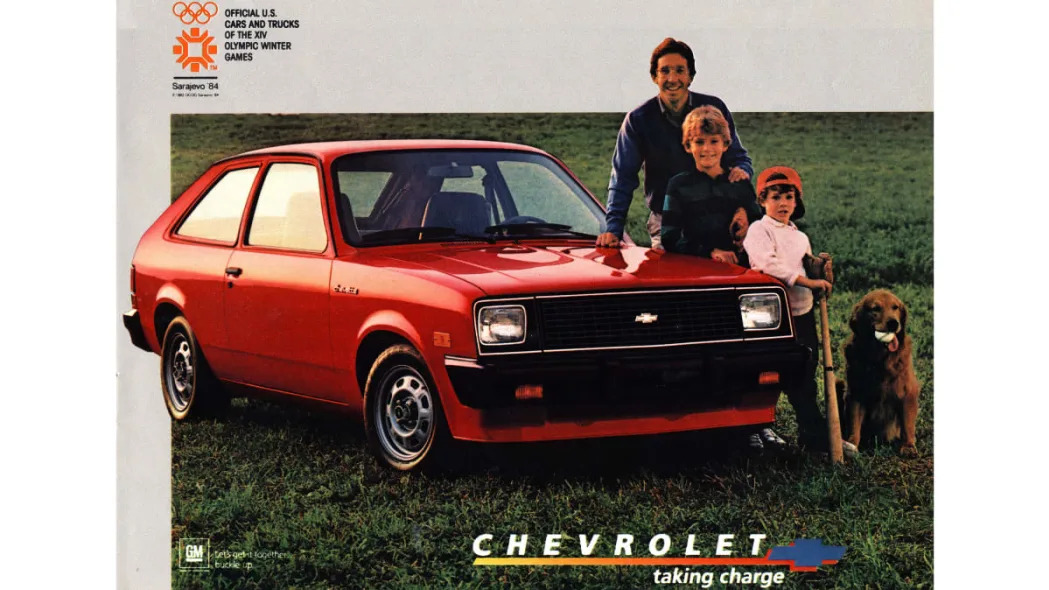
MSRP for the 1984 'Vette started at $4,990 for the base two-door, which comes to about $15,035 in 2023 dollars. That was incredibly cheap, undercutting the heck out of the $5,822 Dodge Omni/Plymouth Horizon and the $5,620 Ford Escort Pony. The 1984 Toyota Tercel 2-door liftback started at $5,098, the most affordable 1984 Subaru Leone was $5,096 and the 1984 Mazda GLC was a smart deal at $4,995. Dodge and Plymouth each offered the Mitsubishi-built Colt for $4,995 as well, while Nissan had new '84 Sentras for a list price of $5,199.
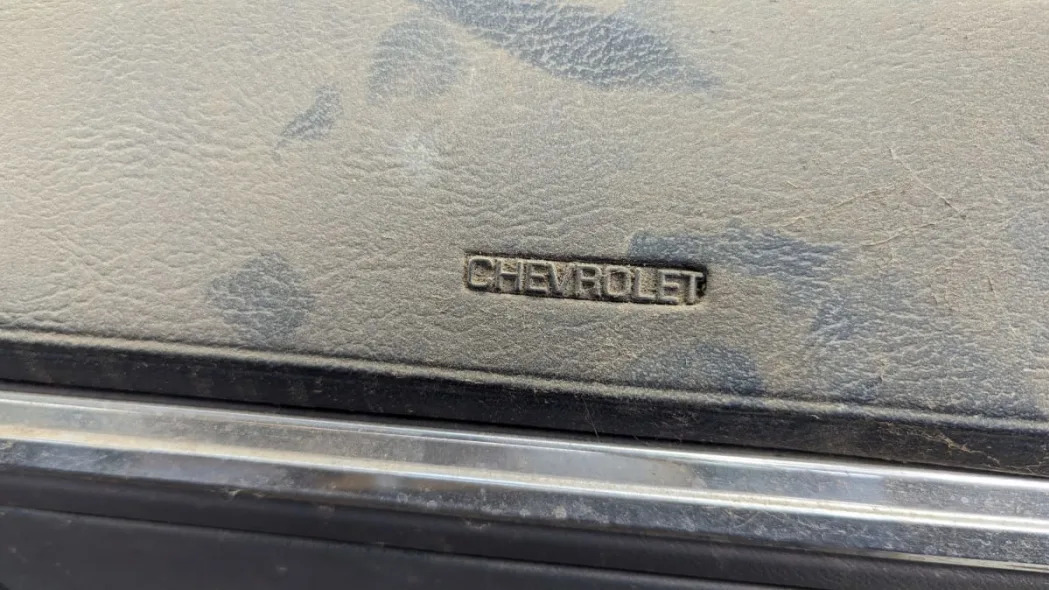
For 1985, Chevrolet would begin selling a rebadged Suzuki Cultus as the Chevy Sprint … and it would still cost more than the Chevette, at $5,151. Pontiac sold a rebadged Chevette known as the T-1000 and 1000 from the 1981 through 1987 model years; in 1984, a new Pontiac 1000 listed at $5,492 for the two-door (around $16,547 now).
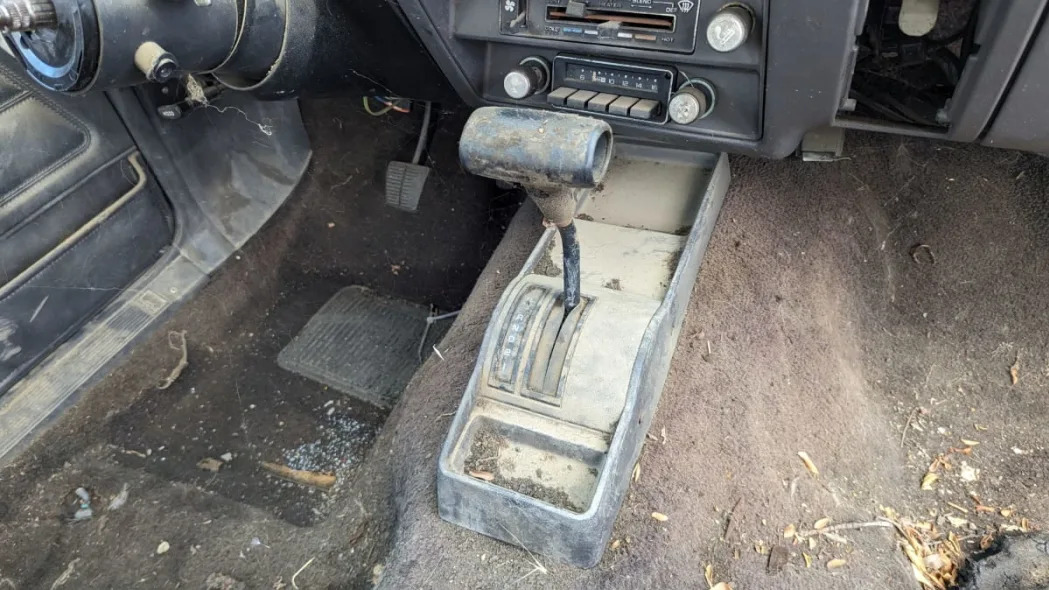
The out-the-door cost of today's Junkyard Gem would have been quite a bit higher than $4,990, though. First of all, there's the three-speed automatic transmission, which added $395 to the bottom line ($1,190 after inflation). The base transmission was a four-on-the-floor manual, while a five-speed manual cost an extra 75 bucks ($226 in 2023 dollars, and the overdrive fifth gear would have paid for itself in fuel savings in a hurry).

There's no air conditioning in this car, but that AM-only Delco radio was an $83 option ($250 in today's money).
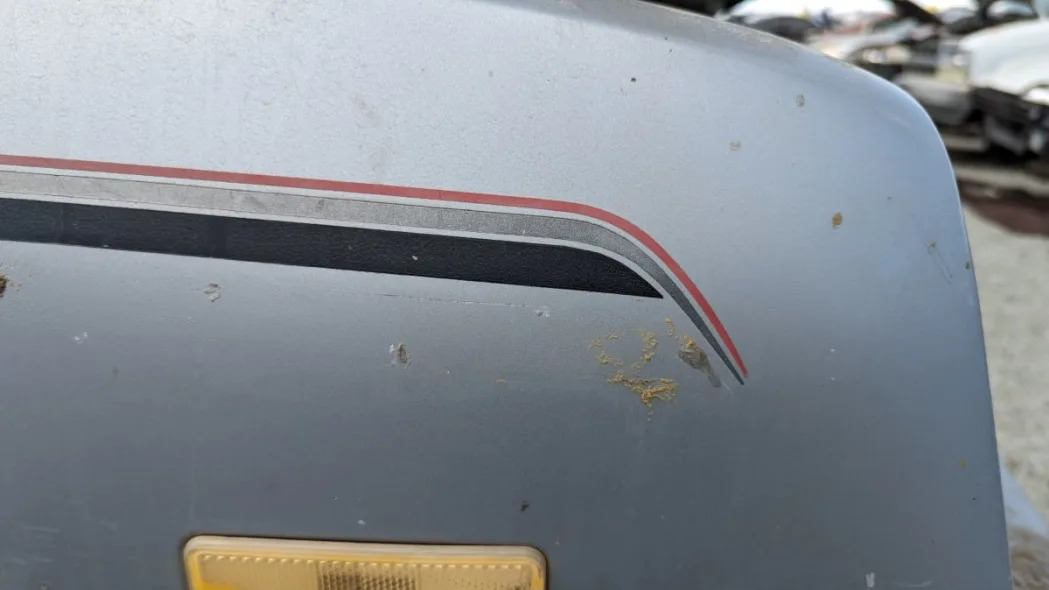
I'm not sure how much these body stripes cost. They may have been dealer-installed.
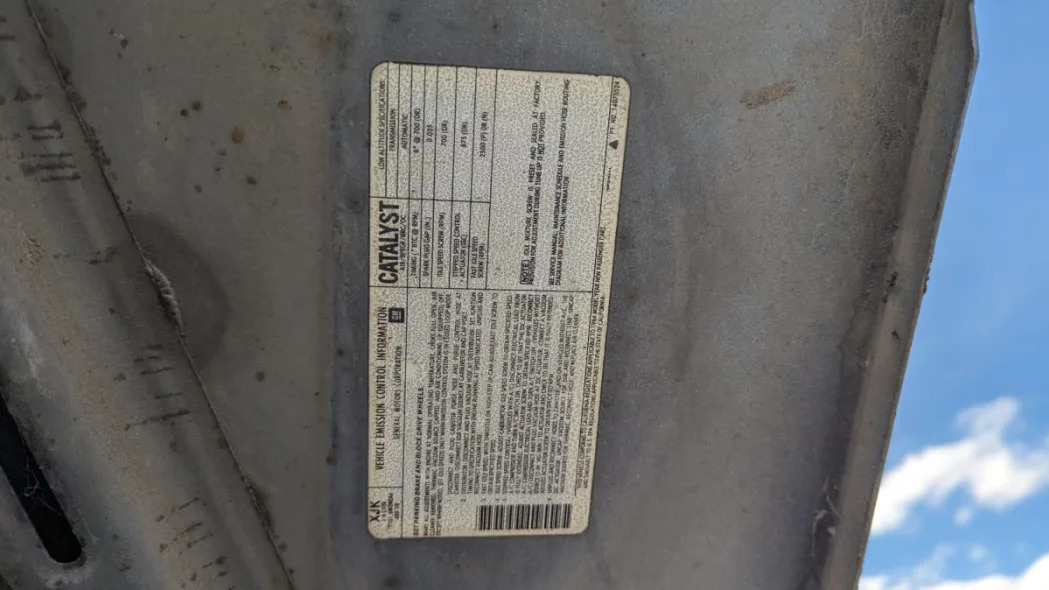
The emissions sticker tells us that this was a California-market car, not the 49-state federal version. That means the original purchaser had to shell out $99 ($298 now) to make the car emissions-legal for the Golden State.
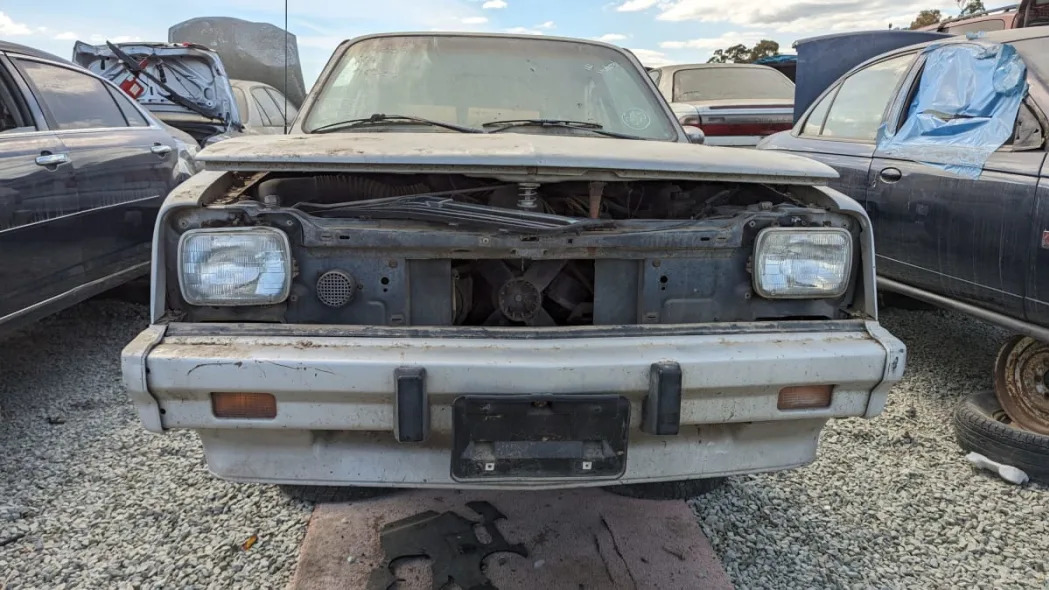
Chevettes used to be a dime a dozen in American junkyards, but now I might see one every couple of years. Chevette enthusiasts — yes, they exist — generally strip cars like this one quickly. The grille and seats were already gone when I arrived here.
You couldn't beat Celozzi-Ettleson for Illinois Chevette deals in 1984!
When you drive a Chevette, you can afford to raise a family and have vacations.
There wasn't much to go wrong with a Chevette, so the claim that 97% of them were still on the road in 1984 seems plausible.
Brazilians loved the Chevette, and new Chevettes were available there until 1995. Colombians could buy new Chevettes until 1998.
Yes, whether you spoke Portuguese or Spanish, you could get a new Chevette in South America.
The Vauxhall Chevette was more of a first cousin than a sibling to the New World Chevette.
Cross the Channel and you'd find T-Body Opel Kadetts.
In South Korea, the Chevette's closest relative was the Daewoo Maepsy. This commercial benefits from a macho voiceover with heavy reverb.
We'll finish our T-Car world tour in Japan, with the original Gemini.
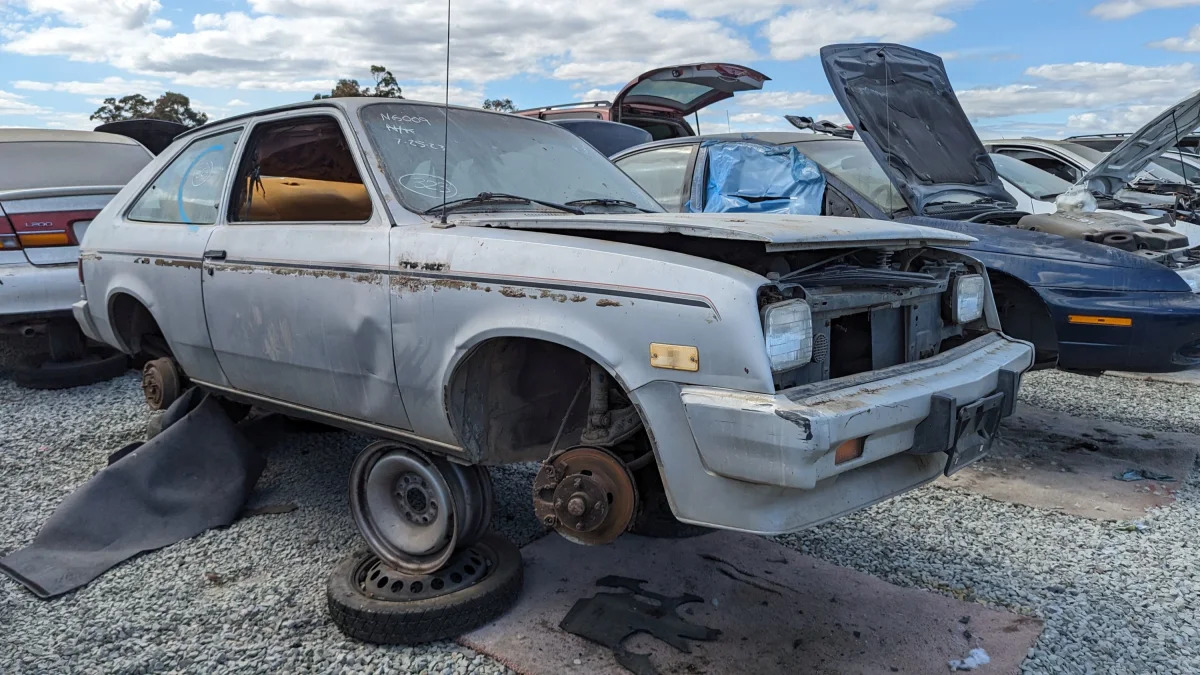









Sign in to post
Please sign in to leave a comment.
Continue